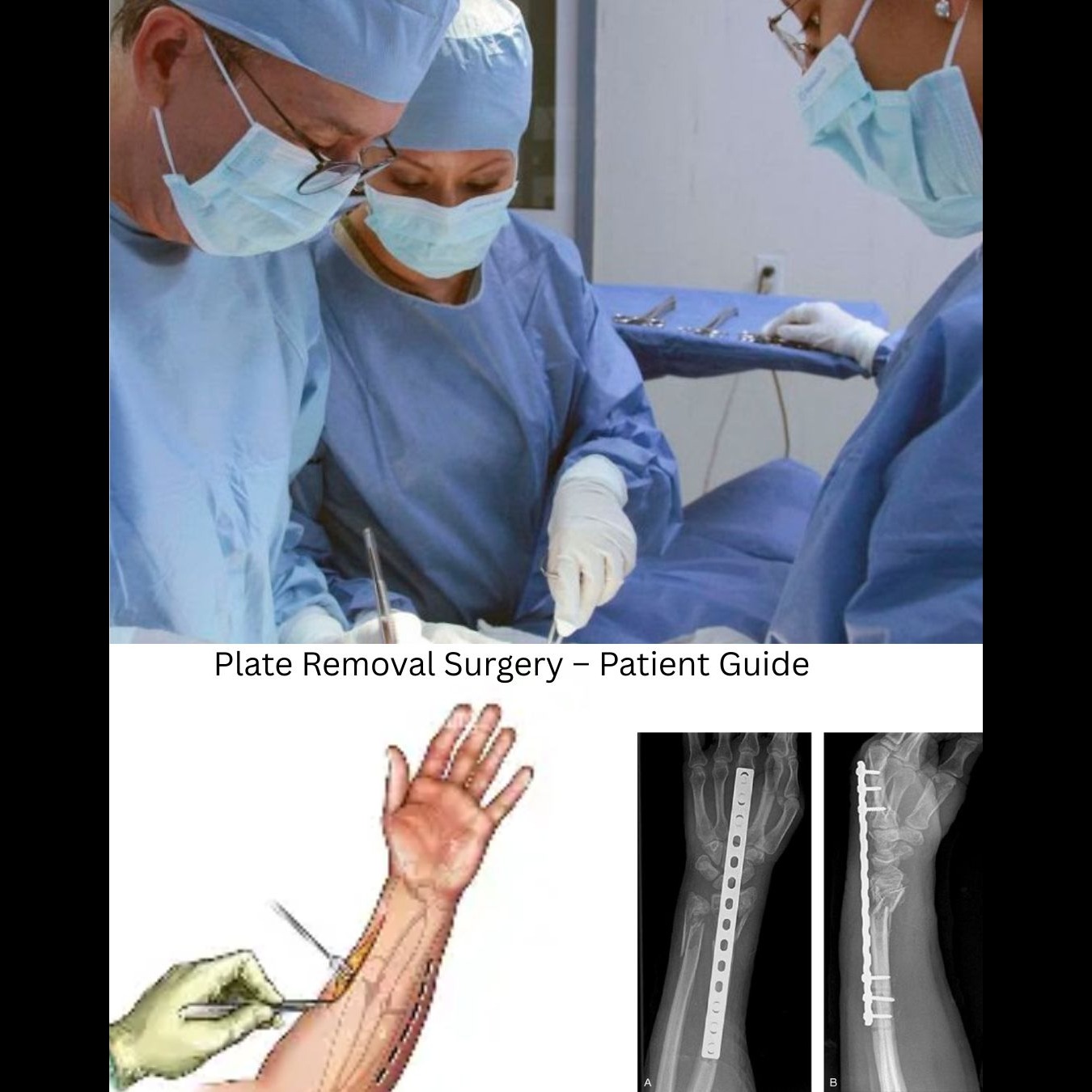+918048040021

This is your website preview.
Currently it only shows your basic business info. Start adding relevant business details such as description, images and products or services to gain your customers attention by using Boost 360 android app / iOS App / web portal.
Plate Removal Shastrakriya (Orthopedic Implant Removal Surgery)

Indication (When it is done): Plate is causing pain, irritation, or prominence under skin. Infection around implant. Allergy or sensitivity to metal. Plate interfering with growth in children. To prepare for further surgery (like joint replacement). Patient’s specific request (though not always medically necessary). Procedure: Done under anesthesia (regional or general). Previous surgical scar is usually re-opened. Screws and plate are carefully removed. Wound closed in layers. Usually short-duration surgery, depending on bone healing and ease of removal. Recovery: Hospital stay: mostly day-care or 1–2 days. Recovery: 2–3 weeks for wound healing. Physiotherapy may be advised for joint mobility. Bone regains normal strength gradually (avoid heavy stress initially). Risks & Precautions: Re-fracture at screw holes if bone is weak. Infection, bleeding, nerve/soft tissue injury (rare). Stiffness if immobilization is prolonged. Success & Outcome: Most patients get relief from discomfort. Bone continues to function normally after plate removal. In some cases, if plate is deeply buried or bone is fragile, surgeon may advise not to remove unless essential.

